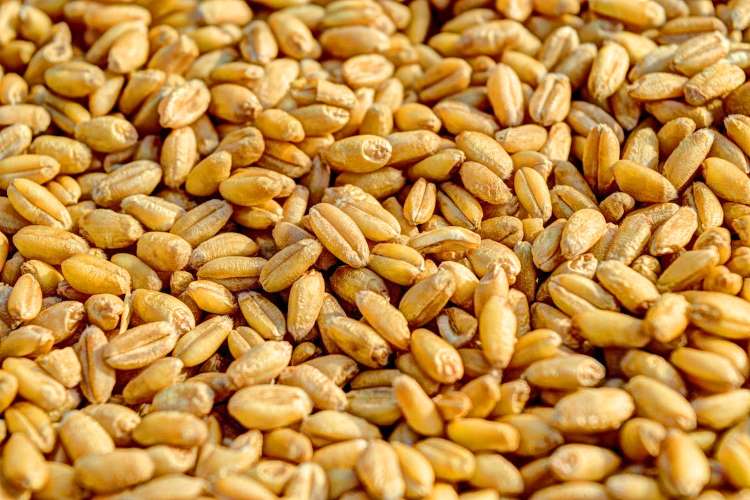Global warming and wheat prices: There is rising awareness about the impact of global warming on agriculture. One common finding of the numerous studies on the subject is that the negative impact of the rise in temperature would be uneven across the world. A study published in One Earth shows that the yield of wheat crops in South Asia and Africa could decline by up to 15% if average global temperature rises by 2 degrees Celsius.
Global wheat prices are projected to rise despite a slight increase in global production. The beneficial global trade regime will ensure that the profitability of farming will be stable or even higher in developed countries. But this will lead to economic losses for farmers in less-developed countries, further widening global inequalities.
Global warming would widen the existing global economic disparities as the impact on low-latitude countries would be harsher than on high-latitude areas such as Europe, the United States, and China, the study by Chinese researchers say. The global mean yield of wheat will increase 1.7% despite a fall in yield in low-latitude countries as the decline will be more than compensated by higher yields in higher-latitude areas.
READ I German economy wages a losing war on inflation amid recession fears
High wheat prices to benefit rich countries
The impact of trade liberalisation on the wheat demand will be limited in most regions. But in South and East Asian nations, lower trade barriers increase demand and imports, affecting producers’ income. The developing nations must adopt agricultural trade liberalisation policies along with measures to protect their population from price fluctuations.
The global consumption of wheat is likely to register its steepest annual decline in decades as consumers began to substitute the grain with cheaper alternatives. Commodity market analysts say prices could climb further in the coming months, leading to a 5-8% decline in global wheat consumption.
Food prices rose by more than a fifth this year and about 345 million people are facing food insecurity, compared with about 135 million in the pre-pandemic year. Amid all uncertainty, grain traders enjoyed windfall profits as food prices soared across the world. Several market watchers had warned against profiteering and speculation following the geopolitical crisis triggered by the Russia-Ukraine war. Global wheat stock excluding China’s is likely to drop in 2022/23 to its lowest level in 14 years. This is the third consecutive year of decline for wheat inventories.
Wheat is the staple diet for more than a third of the global population. It is a major source of nutrition, providing a fifth of calories and protein for 3.4 billion people. Even if the world manages to meet the climate mitigation targets set by Paris Agreement of 2015 and other international pacts to limit global warming under 1.5°C, there will be significant changes in the yield and price of wheat, says the study.
The researchers studied wheat yields, price and the global supply chain using a climate-wheat-economic ensemble model that analysed the impact of climate conditions and extreme events. The study divided the world into 51 socioeconomic regions, mapping major wheat-producing and importing countries. The models were validated by comparing with historical climate, yield, and price data. Extensive use of data and validation helped the researchers reproduce realistic climate, yield, and price variability.
Using this framework, the study generated two climate simulations representing the current day scenario and a ‘2°C global-warming’ scenario. For each scenario, the researchers simulated 1,600 seasons of wheat yields with climate change and CO2 fertilisation effects. These were later aggregated from grid points to the country level and fed into the economic model to examine how changes in mean yield and yield variability affect wheat prices.

